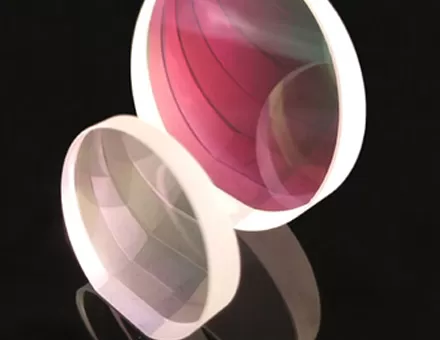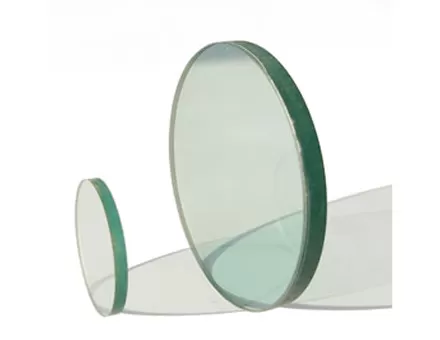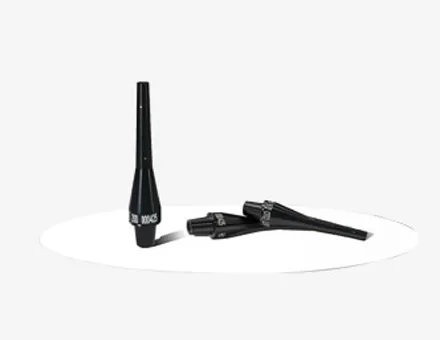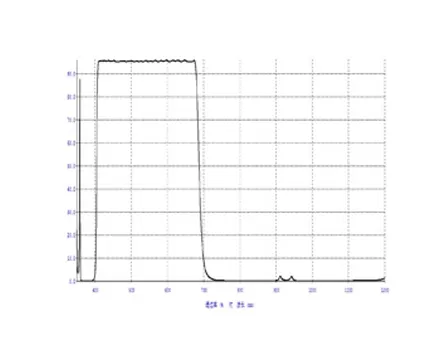In the field of optics, lenses are crucial components, widely used in telescopes, microscopes, camera lenses, and various optical instruments. There are many types of lenses, among which the "convex meniscus lens" has attracted significant attention due to its unique shape and functions. This article will delve into the structure, working principle, and advantages of meniscus convex lenses in practical applications.
The Basic Structure of Convex Meniscus Lenses
As the name suggests, the meniscus convex lens has a shape similar to a crescent moon, with one side convex and the other side concave. Depending on the curvature radius of the convex and concave surfaces, meniscus convex lenses can be divided into two categories:
The thickness of the meniscus convex lens is usually uneven, with the edges being thinner and the central portion either thicker or thinner, depending on its type.
Working Principle of Convex Meniscus Lenses
The working principle of the meniscus convex lens is similar to other lenses, based on the phenomenon of light refraction. When light passes through the lens, due to the different curvatures of the lens, the light will be deflected, thereby changing the direction of the light's propagation. The unique shape of the meniscus convex lens enables it to perform specific functions in optical systems.
Positive Meniscus Lenses: The positive meniscus lenses havethe ability to converge light rays, similar to a convex lens. It can focus parallel light rays to a point, forming a real image. Due to its special shape, the positive meniscus lenses can be used in certain optical systems to correct aberrations and improve imaging quality.
Negative Meniscus Lenses: The negative meniscus lenses can disperse light rays, similar to a concave lens. It can disperse parallel light rays, forming a virtual image. Negative meniscus lenses are often used as compensating elements in optical systems to correct aberrations produced by other lenses or to adjust the focal length of the optical system.
Applications of Meniscus Convex Lenses
The unique shape and optical properties of convex meniscus lenses make them widely applicable in various fields, especially in optical systems that require aberration correction or light path adjustment.
Camera Lenses: In camera lenses, convex meniscus lenses are often used to correct spherical aberration and chromatic aberration. By reasonably designing the curvature and thickness of the convex meniscus lenses, distortion during imaging can be effectively reduced, improving the sharpness and color fidelity of the images.
Telescopes and Microscopes: In optical instruments like telescopes and microscopes, convex meniscus lenses are usually used as auxiliary lenses to correct aberrations in the optical system, enhancing image sharpness and contrast.
Laser Optical Systems: In laser optical systems, convex meniscus lenses are often used for beam shaping and focusing. By selecting the appropriate meniscus convex lens, the laser beam can be focused to the desired size and shape, meeting the requirements of different applications.
Glasses and Vision Correction: In the design of glasses, meniscus convex lenses are also used to correct vision problems. For example, negative meniscus lenses can be used to correct myopia, whereas positive meniscus lenses are used to correct hyperopia.
Advantages of Meniscus Convex Lenses
Meniscus convex lenses have several notable advantages in optical systems:
Aberration Correction: Meniscus convex lenses can effectively correct spherical aberration, chromatic aberration, and other optical defects, improving imaging quality.
As a specially shaped lens, the convex meniscus lens plays an important role in the field of optics. Its unique structure and optical properties provide significant advantages in aberration correction and light path adjustment. Whether in camera lenses, telescopes, or laser optical systems, convex meniscus lenses have an irreplaceable role. With the continuous development of optical technology, the application prospects of meniscus convex lenses will become broader, providing more possibilities for the design and optimization of optical systems.

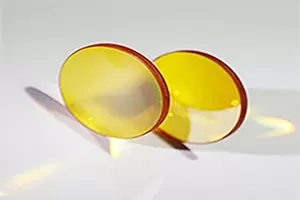
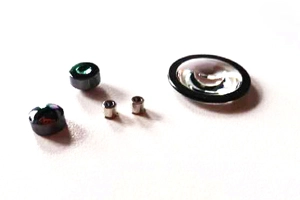

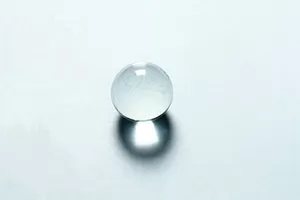



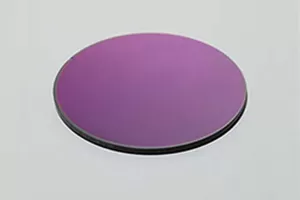
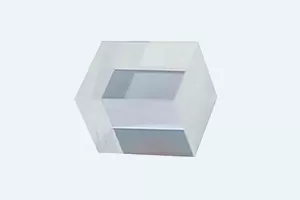
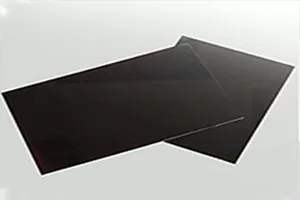
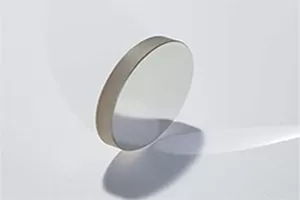
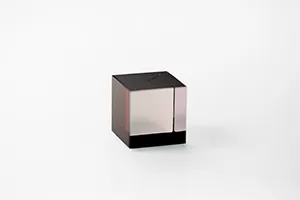

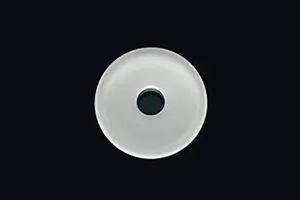
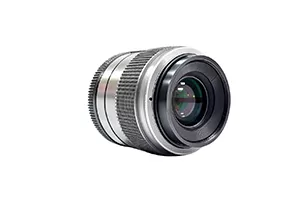
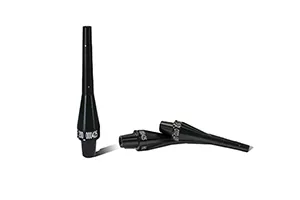
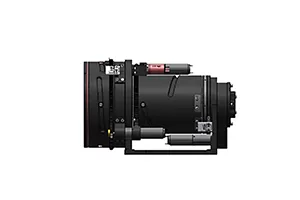
 EN
EN
